The Gift of South Dakota
Subscriptions to South Dakota Magazine make great gifts!
Subscribe today — 1 year (6 issues) is just $29!
Oceans of Prairie
Sep 11, 2019
"Tish-ah!" said the grass … "Tish-ah, tish-ah!" … Never had it said anything else — never would it say anything else. It bent resiliently under the trampling feet; it did not break, but it complained aloud every time — for nothing like this had ever happened to it before. …"Tish-ah, tish-ah!" it cried, and rose up in surprise to look at this rough, hard thing that had crushed it to the ground so rudely, and then moved on."
— From Chapter 1 of Giants in the Earth, A Saga of the Prairie, by O.E. Rolvaag
I grew up in the short-grass prairies of Ziebach and Dewey counties in the 1970s and ’80s. I remember dry years filled with grasshopper hordes and dust. Some of those summers, the pastures were only green for a few weeks out of the year. As a sophomore in high school we were required to read Giants in the Earth by O.E. Rolvaag. I remember musing over his description of the tall grass prairie Per Hansa and his fellow settlers traversed to get to their claim in southeastern South Dakota. It was hard to imagine grass growing chest high. Growing up in rattlesnake country, I was (and still am) wary of walking through grass taller than my ankles. I like to see where my next foot fall will be. It took a strong dose of imagination to picture making my way through the tall grass like those old timers did, but that is exactly what I’ve been doing over the last month and a half.
I first heard of the Nature Conversancy’s prairie preserves from Greg Latza, one of the area’s best and well-known photographers. I was looking for advice in finding and photographing my first pasqueflower in the wild. He suggested checking out Makoce Washte Prairie Preserve near Wall Lake in western Minnehaha County. I had no idea such a place existed. I remember first arriving and being a little crestfallen. It seemed to simply be a small pasture with a bit of wetland and a few gentle, easy hillsides. Corn and beans fields flanked the preserve and a small cattle pasture lay across the county road. I did eventually find a pasque growing there though, so I filed the place away in my memory for future photographic considerations.
This summer has been wetter than most, and too wet for many. Even so, the last few years of abundant moisture has caused the tall grass prairie preserves on the eastern side of the state to grow lush, thick stands of grasses dotted with wildflowers and forbs. The latter is why I returned to Makoce Washte as well as a handful of other preserves during the last month and a half. I’ve always been fascinated with native prairie flowers and they have a tendency to attract interesting butterflies, birds and insects. That means these prairie preserves are a treasure trove for a photographer with a macro lens (and plenty of insect repellent).
The untamed winds that push through the Northern Plains can make macro photography in the open prairie a bit difficult, but it also helps keep the biting gnats and mosquitos at bay. One of my main objectives on these recent forays was to find and photograph the blooms of the tiny flowers that the native tall grasses produce. In the past, I’ve not noticed the miniature bits of beauty these grasses provide, but once I saw them, I couldn’t stop looking. Despite their constant waving in even the gentlest of breezes, I got a few photographs that I’m happy to share. I recommend getting out and taking a look for yourself. There are still late summer and early fall flowers blooming on the prairie preserves, which are free to the public to hike. For more information visit www.nature.org.
Christian Begeman grew up in Isabel and now lives in Sioux Falls. When he's not working at Midco he is often on the road photographing South Dakota’s prettiest spots. Follow Begeman on his blog.


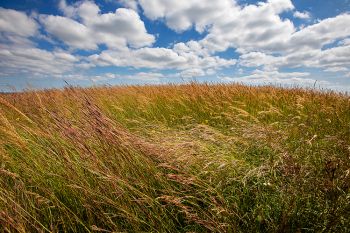
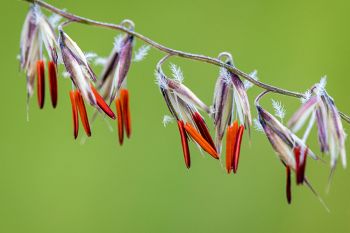
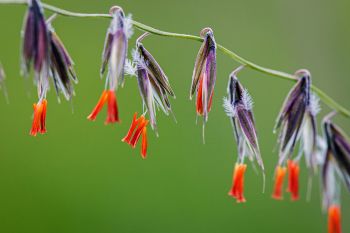
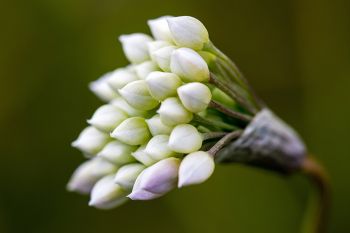
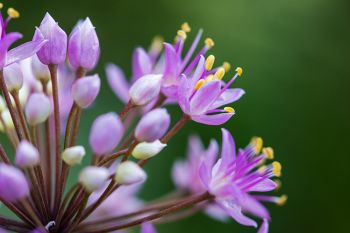
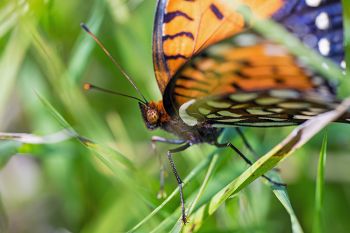
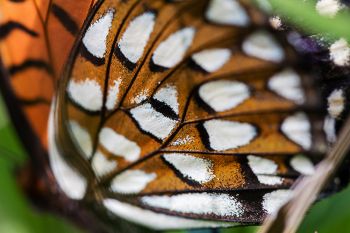
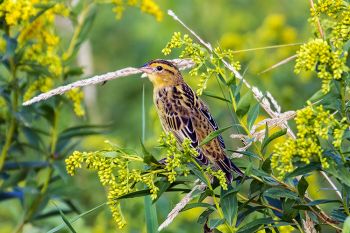
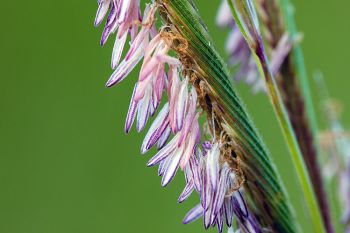
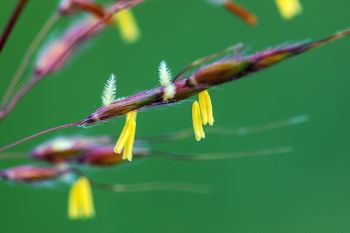
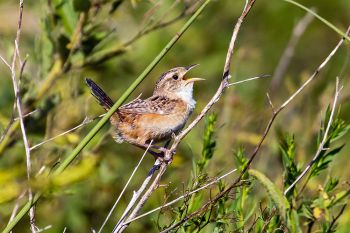
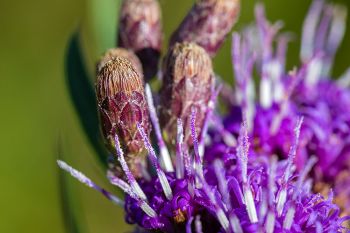
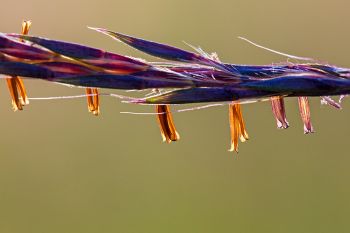
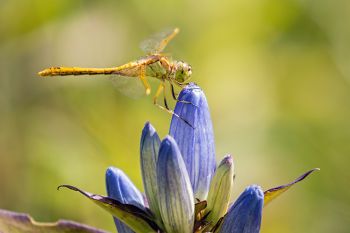
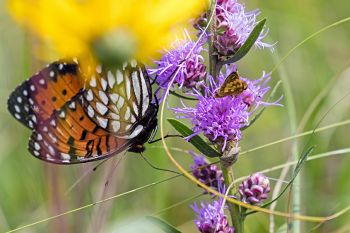
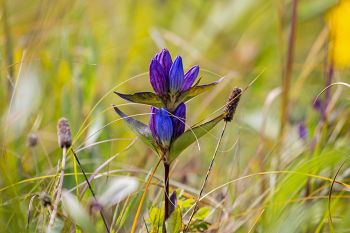
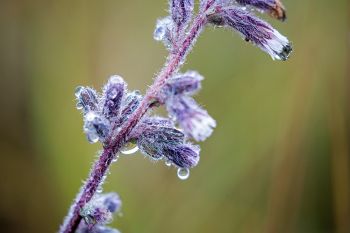
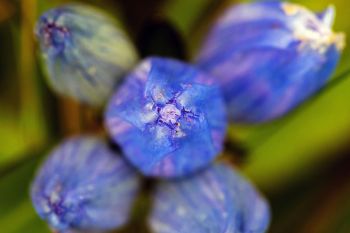
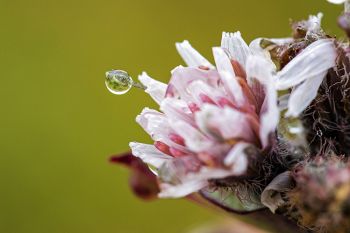
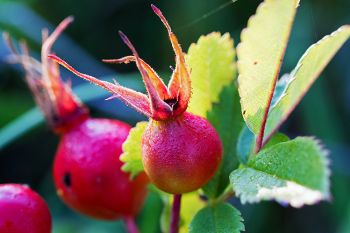
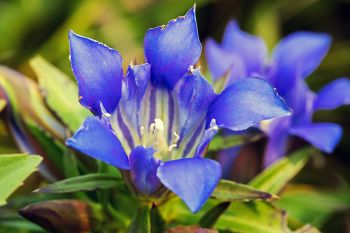
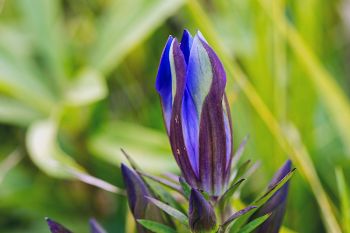
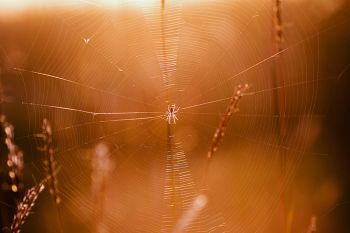
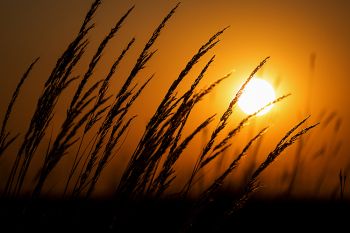
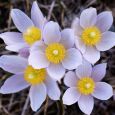
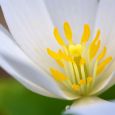
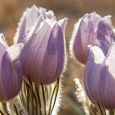
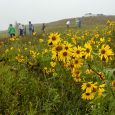
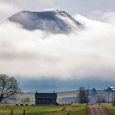
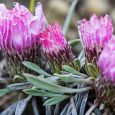


Comments